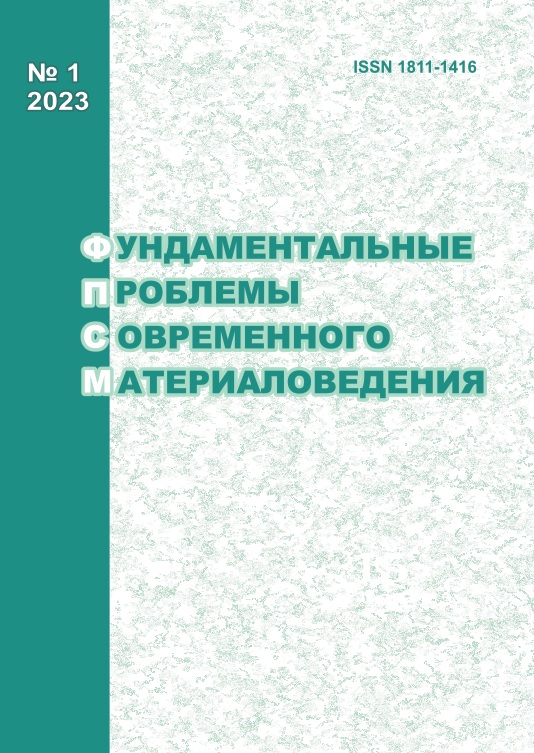THE EFFECT OF SUPERPLASTICITY ON THE SOLID-PHASE WELDABILITY OF CRYSTALLINE MATERIALS
10.25712/ASTU.1811-1416.2023.01.016
Keywords:
superplasticity, solid-phase weldability, crystalline materialsAbstract
Classical diffusion bonding, carried out at a temperature close to 0.8 Tmelting of a crystalline alloy, under the influence of stresses below the flow voltage without macroplastic deformation, is actually a structurally uncontrolled technological process. This circumstance often leads to uncertainty in achieving guaranteed quality of the solid-phase joint (SPJ) after diffusion bonding. A cardinal solution to the problem of ensuring high quality of a SPJ is possible by using the effect of structural superplasticity (SP). For the first time, the influence of the joint venture on the possibility of improving the manufacturability of welding in the solid state of hard-to-process titanium alloys was discovered and published by Soviet researchers in 1975. To date, the determining role of superplastic deformation in achieving the required bonding quality at temperatures of 0.6-0.4 of Tmelting has been experimentally firmly proven for a number of titanium, aluminum, heat-resistant nickel alloys and steels. At the same time, the influence of low-temperature SP at temperatures of 0.4 of Tmelting on the formation of a reliable SPJ is of both scientific and practical interest to researchers and engineers, being an urgent scientific and technical task.











 Journal «Fundamental’nye problemy sovremennogo materialovedenia / Basic Problems of Material Science»
Journal «Fundamental’nye problemy sovremennogo materialovedenia / Basic Problems of Material Science» This work is licensed under a
This work is licensed under a 
